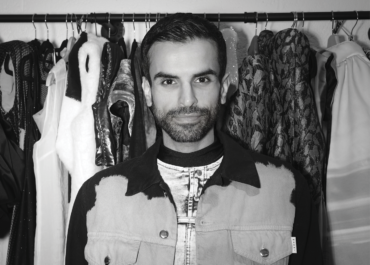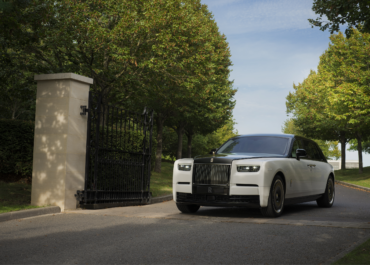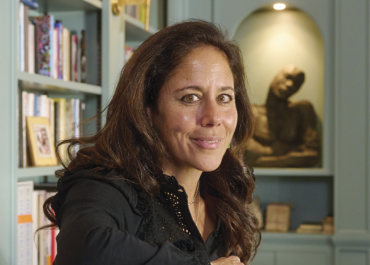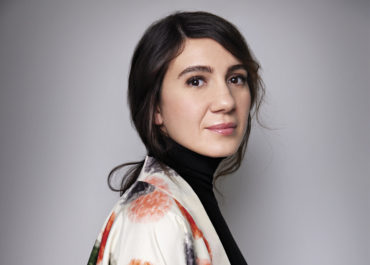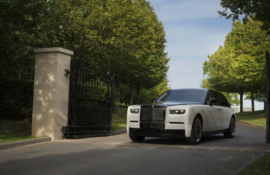Tucked between the stately Ringstraße and the green calm of Vienna’s Stadtpark, the Almanac Palais Vienna represents a new chapter for the Austrian capital’s luxury hotel scene.
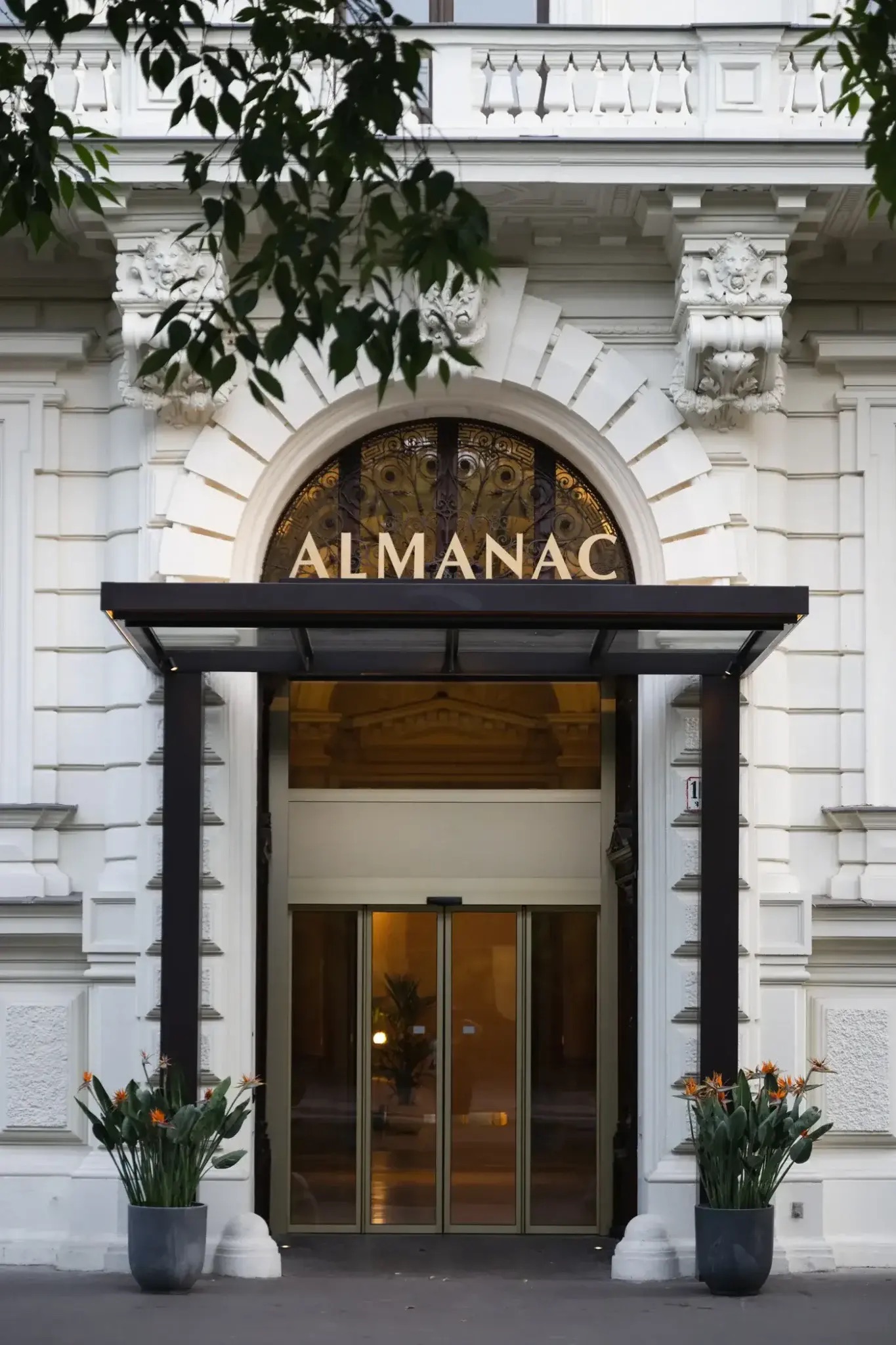
Housed within two adjoining 19th-century palaces—Palais Henckel von Donnersmarck and Palais Leitenberger—the property occupies one of the city’s most distinguished addresses. The historic façades, with their neo-Renaissance symmetry and sculpted stonework, remain largely untouched, but step inside and the effect is wholly contemporary. This is Vienna’s imperial heritage rewritten for the modern traveller: refined, restrained, and architecturally assured.
The entrance sets the tone. A discreet drop-off area leads guests into a marble-lined vestibule, where original columns meet sculptural lighting and soft neutral tones. The design team resisted the temptation to mimic period grandeur, opting instead for quiet sophistication. Brass accents, herringbone floors, and curved forms create warmth without excess. The sense of space—helped by high ceilings inherited from the palais—conveys grandeur, but the ambience remains polished and minimal rather than ostentatious. It is a striking balance of old-world poise and modern discretion.
The location could hardly be better suited to travellers seeking a cultured stay. From the hotel, the Vienna State Opera, the Albertina Museum, and the designer boutiques of Kärntner Strasse are all a short stroll away. The Stadtpark, immortalised by its gilded statue of Johann Strauss, offers a welcome pocket of nature amid the city’s urban elegance. Guests who appreciate the fusion of architecture, music, and art that defines Vienna will find the Almanac Palais perfectly positioned at its heart.
The 111 rooms and suites continue the theme of contemporary restraint. Each space is individually configured due to the irregular historic footprint, but all share a calming palette of cream, sand, and muted greys. Large windows draw in daylight, illuminating oak floors and textured walls. The design relies on craftsmanship rather than ornament: sleek joinery, bespoke lighting, and understated furniture. Bathrooms feature marble finishes, double sinks, and generous rain showers. Many rooms offer views over the Ringstraße or the park, adding a sense of connection to the city outside. Subtle technology—tablets for lighting and temperature control, concealed televisions, and intuitive sound systems—enhances comfort without distraction.
The overall impression is one of quiet refinement. This is not the maximalist luxury found in Vienna’s more traditional grande dames such as the Hotel Imperial or Sacher Wien. Instead, the Almanac speaks to a traveller who values design and atmosphere over ceremony. That restraint is both its strength and, for some, its limitation. The aesthetic can verge on cool minimalism, and guests accustomed to the theatrical charm of Viennese hospitality may find the mood a little too measured. Yet for those who favour a space that feels more gallery than parlour, it is spot on.
Dining at the hotel reinforces this balance of substance and style. Donnersmarkt, the signature restaurant, takes its name from the neighbouring palais and from the aristocratic family once associated with the building. The kitchen’s approach is described as “plant-forward Austrian cuisine,” a modern reinterpretation of regional flavours that gives equal attention to vegetables and proteins. Breakfast is a particular highlight, served à la carte until late morning—or, in true leisurely Viennese fashion, well into the afternoon. Locally sourced breads, seasonal fruit, and artisanal dairy sit alongside classic hot dishes and freshly pressed juices. The presentation is crisp but not clinical, and service—when consistent—matches the hotel’s understated rhythm.
Beyond the dining room, the hotel bar provides an atmospheric refuge. Its mirrored surfaces and plush seating nod to the glamour of the city’s old coffee houses while maintaining a contemporary sensibility. Cocktails draw inspiration from the surrounding district: botanical infusions, regional spirits, and modern twists on traditional favourites. It is the kind of place suited to an aperitif before a concert or a nightcap after exploring Vienna’s grand avenues.
Wellness is another strong element of the property’s offering. Beneath the main building lies a tranquil spa featuring a 14-metre indoor pool, sauna, steam rooms, and treatment suites. The design here is calm and cocooning, with soft lighting and natural stone. It offers a serene retreat from the bustle of the city, though the space is compact; at peak hours, loungers can be in high demand. Treatments draw on aromatherapy and natural products, aligning with the hotel’s broader commitment to mindful luxury. The adjacent gym, equipped with Technogym machines, caters to those seeking a comprehensive wellness routine without leaving the premises.
Service across the hotel is courteous and professional, if occasionally inconsistent. Staff are attentive, multilingual, and clearly well-trained, yet the property’s youth shows in small lapses—slower room service, minor housekeeping oversights, or the impersonal efficiency that often accompanies design-driven hotels. These details, while hardly deal-breakers, underline the difference between a very good hotel and a truly exceptional one. For guests accustomed to the near-telepathic precision of older establishments, the Almanac’s service may still be finding its rhythm.
What cannot be faulted, however, is the hotel’s sense of place. In every corner there is a dialogue between Vienna’s imperial past and its present creative pulse. The palatial structure reminds visitors of the Habsburg age, while the interiors and programming—temporary art displays, design collaborations, and sustainable gastronomy—speak to a cosmopolitan, forward-looking Vienna. The property belongs to Almanac Hotels, a small collection known for emphasising local culture and artistry; in that respect, the Palais Vienna fulfils its mission.
As the capital continues to evolve as a destination for both culture and contemporary design, the Almanac stands as a symbol of its new identity. Where the city once defined luxury through chandeliers and damask, it now expresses it through space, light, and craftsmanship. The hotel’s aesthetic restraint mirrors a broader European shift towards discreet sophistication—a kind of modern minimalism that prioritises authenticity over display. Guests here are not performers in a grand social ritual; they are participants in a quiet conversation between history and innovation.
The experience concludes much as it begins: with elegance, calm, and a sense of quiet privilege. Check-out is smooth, luggage is handled seamlessly, and the staff’s farewell feels genuine. As one steps back onto the Ringstraße, the contrasts of Vienna—music and modernity, empire and experimentation—seem to converge in a single address.
The Almanac Palais Vienna is not for those seeking nostalgia or old-world indulgence. It does not drape itself in brocade or lean on the weight of its past. Instead, it distils Viennese grandeur into something lighter, more architectural, and more attuned to contemporary sensibilities. It offers the traveller a refined sanctuary in which to experience the city anew: the perfect base for mornings at the opera, afternoons in the museums, and evenings spent exploring Vienna’s evolving culinary scene.
In the crowded landscape of five-star hospitality, the Almanac Palais Vienna succeeds by being quietly confident rather than loudly luxurious. Its blend of heritage and modernity captures the essence of the city it calls home—rooted in history, yet always reinventing itself. For the design-minded traveller, it is an invitation to see Vienna not as a relic of empire but as a living, breathing work of art.




